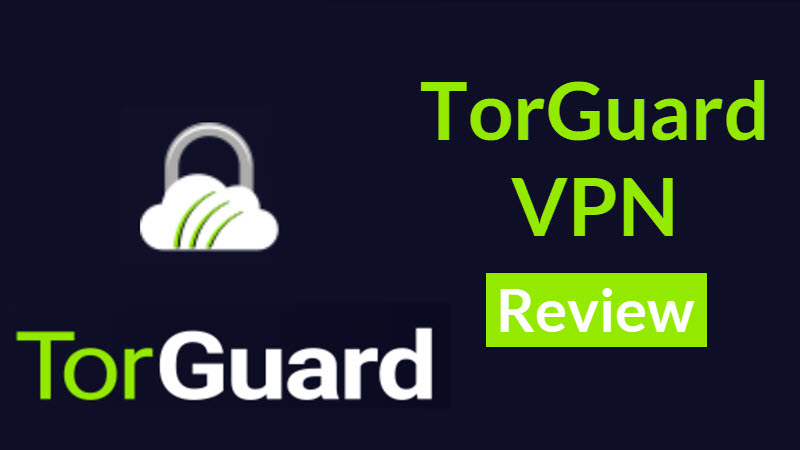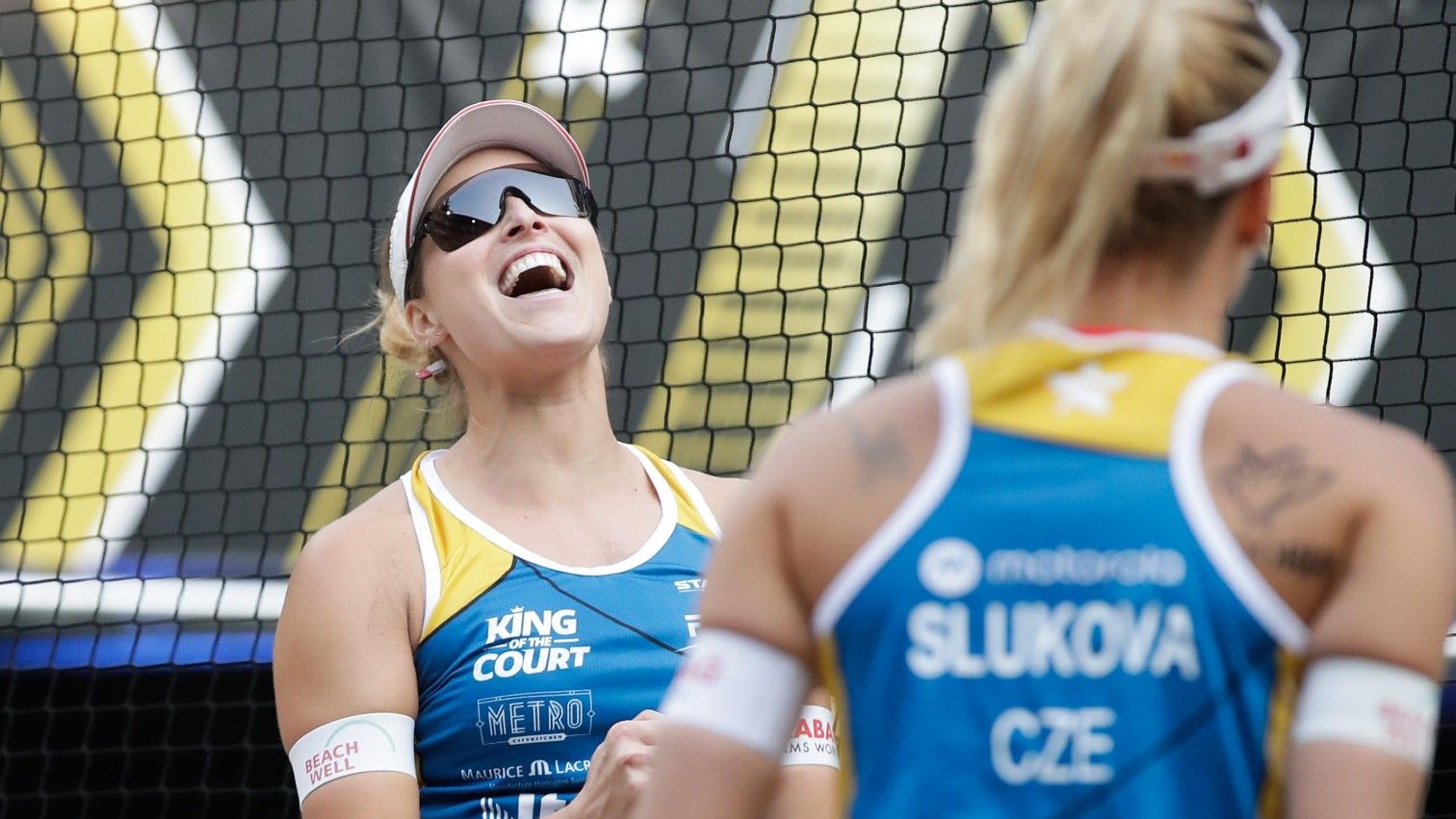In today's business world, events are a great way to generate publicity and build relationships with customers, clients, and other key stakeholders. But once the event is over, the work isn't necessarily done. Sending a post event press release is a great way to keep the momentum going and keep your company top of mind.
But what exactly is a post-event press release? And why should you bother sending one? In this article, we'll answer those questions and give you a step-by-step guide for how to write and distribute a post-event press release.
What Is a Post-Event Press Release?
A post-event press release is a type of press release that is issued after an event has taken place. This type of press release can be used to promote the event to the media and the public, and to provide information about the event.
Why Should You Send a Post-Event Press Release?
Sending a post-event press release is a great way to keep your event top-of-mind with the media and the public. It also gives you an opportunity to thank everyone who made your event possible, including sponsors, volunteers, and attendees.
When Should You Send a Post-Event Press Release?
A post-event press release is a great way to promote your event to the media and get some free publicity. But when should you send one?
Ideally, you should send your press release events as soon after the event as possible. This will ensure that the media has fresh information about your event and is more likely to cover it.
If you wait too long to send your press release, the media may have already lost interest or moved on to other stories. So try to send your press release within a few days of the event.
How to Write a Post-Event Press Release
Most event organizers know that a press release is an important part of promoting their event. But what many don't realize is that a post-event press release is just as important, if not more so.
A post-event press release is a great way to summarize what happened at your event, and it's also a good opportunity to promote any upcoming events. Here are some tips on how to write a post-event press release:
- Start with a strong headline.
Your headline should be attention-grabbing and give a brief summary of what your press release is about. For example, 'XYZ Conference was a Success!'
- Include all the relevant details.
In the body of your press release, including all the important details about your event, such as when and where it took place, who spoke, and what topics were covered.
- Use quotes.
If you have quotes from attendees or speakers, be sure to include them in your press release. These can add personal anecdotes and give readers a better sense of what your event was like.
- Highlight any awards or recognitions.
If your event won any awards or was recognized in any way, be sure to mention that in your press release. This will add credibility to your event and make it more newsworthy.
- Give information about upcoming events.
If you have any upcoming events, now is the time to promote them! Include information about when and where the events will take place, as well as any speakers or topics that will be covered.
Step 1: Research Your Media Outlets
Before you begin drafting your press release, it's important to research the media outlets that you want to target. Find out what kind of stories they typically cover, and look for any recent coverage of events similar to yours. This will give you a good sense of what kind of angle you need to take with your own press release.
Think beyond just newspapers and TV stations - there are many online-only publications that could be interested in your event, too. Once you've compiled a list of potential outlets, take some time to familiarize yourself with their specific guidelines for submitting event press releases. This will ensure that your release is formatted correctly and stands the best chance of being accepted for publication.
Step 2: Choose the Right Format
Now that you know what information to include in your press release, it's time to choose the right format. There are three common formats for press releases: the news release, the advisory, and the pitch.
The news release is the most common type of press release. It reads like a news article and is intended to be picked up by media outlets and published as-is. News releases should be written in the third-person point of view and should include all the essential elements of a good news story: who, what, when, where, why, and how.
Advisories are similar to news releases, but they are written in the first-person point of view and are intended to generate media interest in an event or issue. Advisories are often used to announce upcoming events or to comment on current issues.
Pitches are shorter than news releases or advisories and are written in the first-person point of view. Pitches are designed to capture the attention of busy reporters and editors and should include only the most essential information.
Step 3: Write a Compelling Headline
You only have one shot at making a good first impression with your post event press release, and that's with the headline. It needs to be attention-grabbing, keyword-rich, and relevant to the news you're trying to communicate.
If you're not sure where to start, try using a tool like CoSchedule's Headline Analyzer. Just enter in your proposed headline and it'll give you a score out of 100 based on several factors, including word choice, length, and overall readability.
Once you have a headline that you're happy with, it's time to move on to the body of your press release.
Step 4: Write Engaging Content
Now that you have the basic structure of your press release down, it's time to start writing engaging content. Keep in mind that a press release on event is not an advertisement - it's a news story. As such, it should be objective and informative, while still being interesting and readable.
To that end, here are a few tips for writing post-event press release content:
- Start with a strong headline.
Your headline is the first thing potential readers will see, so make sure it's catchy and accurately reflects the content of your press release. A good rule of thumb is to keep it under 80 characters - any longer and it may be cut off by some news outlets.
- Use quotes liberally.
Event press releases are a great opportunity to include quotes from event organizers, attendees, or other relevant parties. These can add color and personality to your story, and help readers visualize what the event was like. Just be sure to attribute each quote properly.
- Use active voice and concrete language.
Because you want your press release to be readable and interesting, use active voice whenever possible. This will make your writing more engaging, and help readers visualize what you're talking about. Additionally, try to use concrete language rather than vague phrases. For example, instead of saying 'there were a lot of people at the event,' say 'over 1,000 people attended the event.'
- Keep it under 500 words.
As a general rule, you should aim to keep your press release under 500 words. This will make it easier for busy reporters or editors to read and understand, and increase the chances that they'll use it in their coverage of the event. If you have a lot of information you want to include, consider writing a longer version as well as a shorter one for use in different media outlets.
Step 5: Include Relevant Photos, Videos, or Audio Clips
Include relevant photos, videos, or audio clips with your press release to give readers a more sensory experience of your event. You can also include links to these multimedia items in your email pitch to reporters. Just make sure that the files are small enough to be easily downloadable and attach a caption or brief description for each one.
Step 6: Distribute Your Press Release
Now that your post event press release is ready to go, it's time to distribute it. There are a few different ways to do this:
-You can submit your press release to online press release directories. This will make it accessible to journalists and other media professionals who are looking for story ideas.
-You can also send your press release directly to the reporters and editors who cover your industry. This is a great way to get your press release in front of the people who are most likely to be interested in it.
-Finally, you can post your press release on your own website or blog. This is a great way to get more exposure for your event and give people an easy way to find out more information about it.
Get in Touch!
Website — https://www.prwires.com/
Address — PR Wires New York New York, 10027
Skype — shalabh.mishra
Telegram — shalabhmishra
Whatsapp — +919212306116
Email —info@prwires.com
Mobile — +91-9212306116










 English (US) ·
English (US) ·